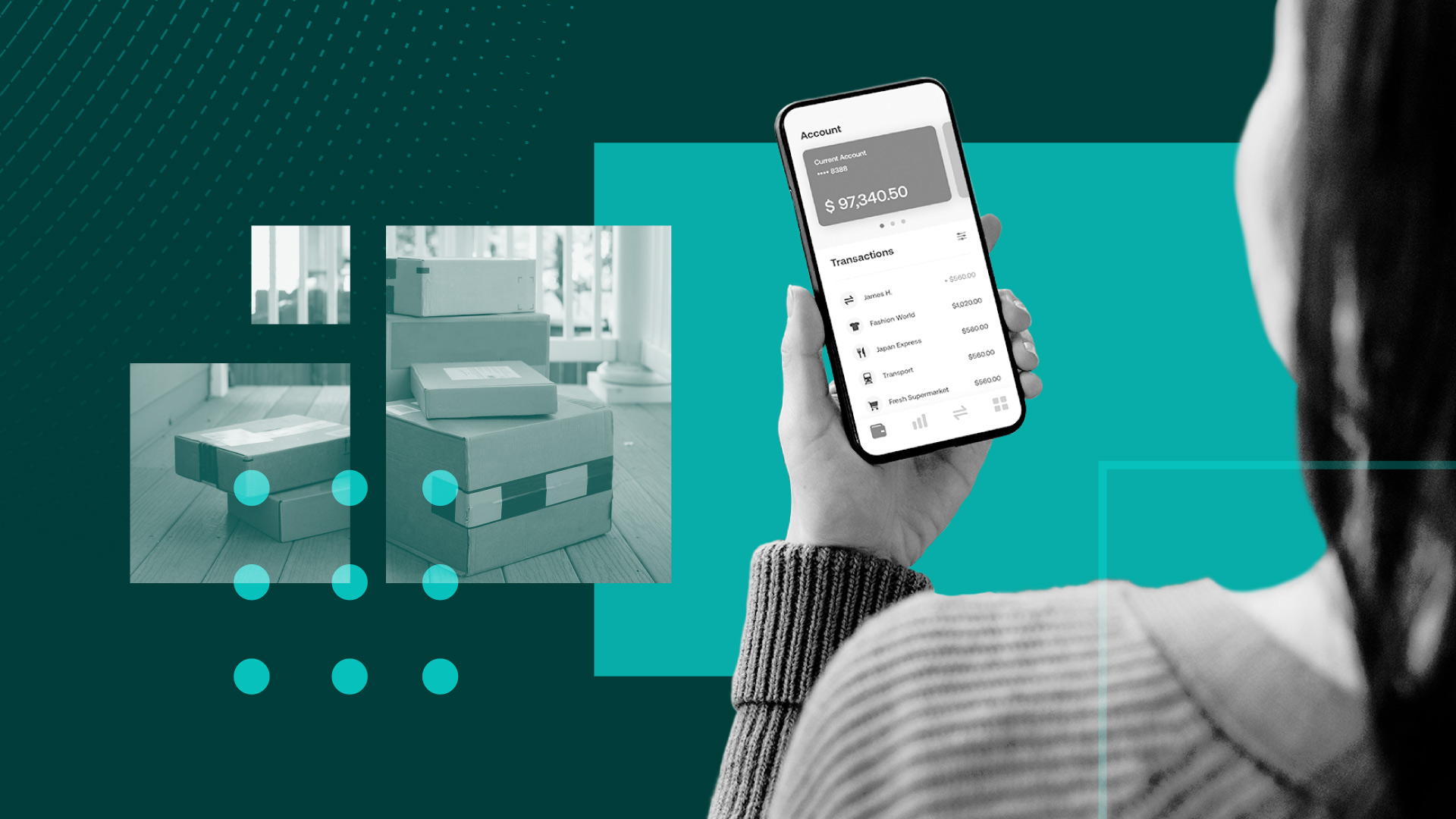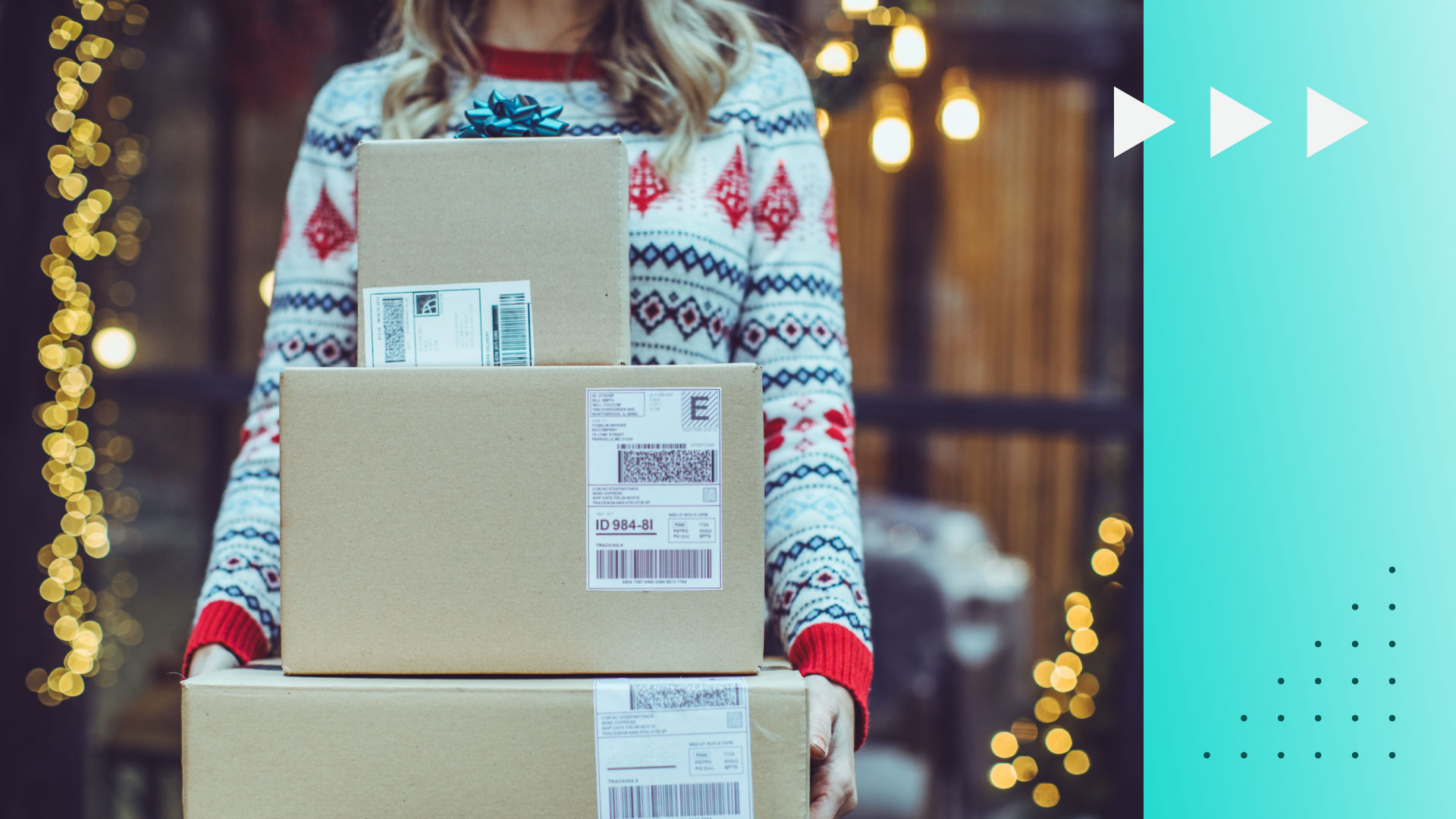BNPL Users Are Young, Well-Off and Amassing a Mountain of Debt

Key Takeaways
1 in 5 U.S. adults said they made a purchase using “buy now, pay later” in August.
BNPL users tend to be young, mid- to high-income, tech-savvy adults, but they’re also more likely to carry debt than the general population.
The debt habits of BNPL users should serve as a warning sign to providers about their customers’ financial health. Companies that proactively build safeguards into their platforms are likely to earn more trust from current and prospective customers alike and ultimately better secure their future growth potential.
BNPL is clearly here to stay. Major providers are reporting increases in spending: Affirm, for example, posted $5.5 billion gross merchandise volume in the second quarter of 2023, up 25% year over year. But that doesn’t necessarily mean the pool of people using BNPL is growing. Morning Consult data shows that the share of U.S. adults using BNPL at least monthly has increased only slightly in the past year, from 18% in August 2022 to 20% in August 2023. And frequency of use isn’t changing much either, with most users making BNPL purchases no more than twice a month.
Steady adoption and engagement trends signal that the sector is maturing and has found its core audience. But as those primary users spend more with BNPL, data is showing worrying signs about their financial health. Understanding who uses BNPL, how they’re engaging with it and their overall financial positioning can help providers within the BNPL space — and those competing with it — better serve their audience and minimize risk, especially as regulatory scrutiny looms.
Who are BNPL’s core users?
BNPL Users Tend to Be Younger, Higher-Income and Underbanked
Three key factors are commonplace among BNPL users:
- They’re young. More than one-third (37%) of Gen Z adults said they used BNPL in August. Around a third of millennials (32%) made a BNPL purchase in August as well. That share shrinks to 16% and 6% among Gen Xers and baby boomers, respectively.
- They aren’t low-income. Usage scales up with income: 21% of consumers in households earning between $50,000 and $99,999 annually used BNPL in August, and 28% of those with incomes of at least $100,000 did so. Strong engagement in high-income homes may signal appetite for specific one-off expensive purchases, like a Peloton bike.
- They have less access to — and satisfaction with — traditional financial services. Nearly half of underbanked consumers (those who have a bank or credit union account but also used one of three alternative financial services — check cashing, money order or bill payment — in August) reported using BNPL, compared with much slimmer shares of both fully banked and unbanked users (those with no bank or credit union account in their household). And digital bank users, especially those with multiple digital banks, are also much more likely to use BNPL than the general public, signifying a certain level of tech-savviness.
BNPL users are at risk of financial difficulty as they engage with the payment method
BNPL users have a propensity for borrowing. They’re more likely than the average consumer to live in households with higher rates of debt across the board, including medical, credit card, auto, student, mortgage, home equity and personal loan debt. And they’re looking for access to capital: Compared with U.S. adults overall, more than twice as many BNPL users said in August that their household applied for a new credit card in the past month. One-third of BNPL users reported that they used a credit card to pay off BNPL debt, which could create a vicious cycle that’s hard to overcome. These behaviors are reflected in Federal Reserve research that found that, on average, a BNPL user’s credit score is more than 50 points lower than a nonuser’s.
BNPL Users More Likely to Carry Debt Than the General Public
A debt snowball could also translate to more problematic BNPL habits. Around 2 in 5 users of the service (41%) carry debt from it. One-quarter reported missing a payment in August, and similar shares have faced consequences for it, including late fees (25%), declining credit scores (27%) or debt collector engagement (22%). If their personal debt situation worsens, these figures could rise, creating real problems for these users at a time when interest rates are already high.
Specific demographics at scale: Surveying thousands of consumers around the world every day powers our ability to examine and analyze perceptions and habits of more specific demographics at scale, like those featured here.
Why it matters: Leaders need a better understanding of their audiences when making key decisions. Our comprehensive approach to understanding audience profiles complements the “who” of demographics and the “what” of behavioral data with critical insights and analysis on the “why.”
This could lead to financial challenges among a population whose financial well-being shows signs of erosion. More respondents with “medium” financial well-being scores (defined as the middle third of scores among respondents in August) use BNPL than their lower- or higher-scoring peers, but their grip on their financial well-being could be slipping. Our data shows a gap of around 10 percentage points between BNPL users and overall respondents on several financial well-being index components, indicating this group’s financial health could be on the precipice of a nosedive.
BNPL Users' Financial Security Is Tenuous
Survey conducted Aug. 31-Sept. 3, 2023, among a representative sample of 2,223 U.S. adults, with an unweighted margin of error of +/- 2 percentage points.
BNPL providers can put up financial well-being guardrails to improve safe use without sacrificing engagement
As BNPL use expands amid a backdrop of overall debt stress, the financial well-being of consumers who use the service should take center stage. Some providers, like Affirm, are already increasing transparency in underwriting, which could have the effect of limiting debt double-dipping. And regulation that will bake in practices that keep consumers safer is likely to arrive sooner rather than later. But providers can also go further on their own through features like Klarna’s “Pay Now” button, which lets users pay through the app without taking out a loan. Otherwise, users might flee as they sort out their finances, especially during a potential economic downturn or spending pullback.
Likewise, there’s opportunity for providers to help users improve their own financial well-being. Providers can tap into BNPL users’ interest in seeking financial advice (61% consumed financial advice or tips at least once in August, compared with 36% of the general public) through their own budgeting tools or other financial management offerings. Doing so can not only drive safer consumer engagement, but also help forge trust among users.
Jaime Toplin previously worked at Morning Consult as a senior financial services analyst.

